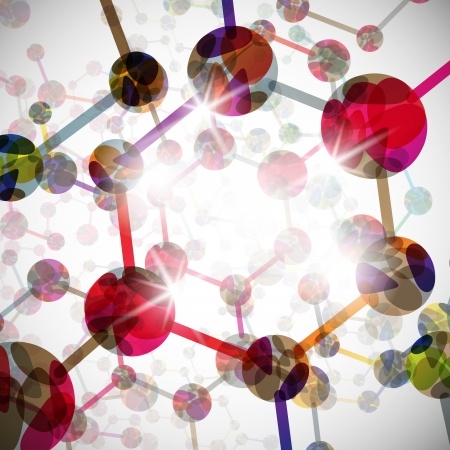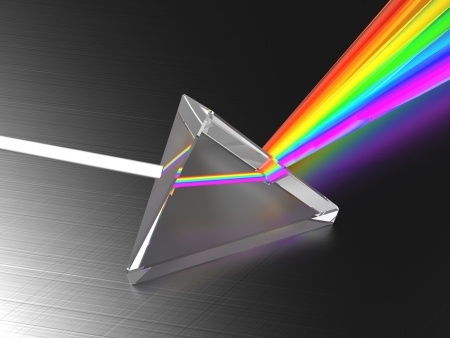Parasites, the cutest octapus ever, cell phone sleep deprivation and Philae phones home. This eclectic collection of current science news stories, and much more, is brought to you by STAOBlog.
SciNews is published every Monday and Thursday. Stay tuned for more.
 Biology
Biology
Unpredictable egg scramble throws off parasitic parents. Science News
Some sneaky birds like to shirk their parental duties by slipping their eggs into other birds’ nests. But the birds that host the shysters’ eggs have a trick of their own — scrambling the looks of their eggs so they have distinct signatures. Read more…
Tiny Octopus Is So Cute Scientists Might Name It ‘Adorabilis’. Discover
Deep in the ocean’s cold, dark waters lives a species of wide-eyed octopus that will surely warm your heart with pure cuteness.
Up until now, these peculiar creatures have gone unnamed. Now, scientists are preparing to formally name the species, and they’re considering the one word that captures this tiny cephalopod’s essence: Opisthoteuthis adorabilis Read more…
Chemistry

Periodic Table Bingo. About Chemistry
This is a sample pair of Periodic Table Bingo cards. Each card contains 24 elements randomly placed around a portrait of Dmitri Mendeleev.
A set of 30 different Bingo cards is available in one PDF file. In addition to the cards, there is a complete set of periodic table element cells. These cells can be used to draw the names of elements to play the game. Read more…
Renewable energy from evaporating water. Science Daily
New clean energy source produces electricity, could power robots, sensors, vehicles
Scientists report the development of two novel devices that derive power directly from evaporation — a floating, piston-driven engine that generates electricity causing a light to flash, and a rotary engine that drives a miniature car. Read more…
Physics
Access to electricity is linked to reduced sleep. Eureka Alert
Blame smartphone alerts, constant connectivity and a deluge of media for our society’s sleep deprivation. But the root cause of why we get less sleep now than our ancestors did could come down to a much simpler reason: artificial light. Read more…
The Physics of Champagne. Scientific American
Pop open a bottle of champagne and pour yourself a glass. Take a sip. The elegant surface fizz—a boiling fumarole of rising and collapsing bubbles—launches thousands of golden droplets into the air, conveying the wine’s enticing flavors and aromas to tongue and nostrils alike. A percussive symphony of diminutive pops accompanies the tasty mouthful, juxtaposing a refreshing carbonated chill and a comforting alcoholic warmth. Read more…
Earth and Space Science
A Climate Change Data Visualization Gains National Landmark Status. Scientific American
The Keeling Curve is a benchmark data visualization in climatology. Often overlooked by chart collectors in favor of its younger, arguably more memorably-named climate viz cousin the “hockey stick graph,” which tracks temperature over time, the importance of Charles David Keeling’s plot of atmospheric carbon dioxide should not be forgotten. Read more…
Earth science: New estimates of deep carbon cycle. Science Daily
Over billions of years, the total carbon content of the outer part of the Earth — in its mantle lithosphere, crust, oceans, and atmospheres — has gradually increased, scientists say. The new analyses that represent an important advance in refining our understanding of Earth’s deep carbon cycle. Read more…
Why the Sun’s atmosphere is hotter than its surface. Science Daily
How can the temperature of the Sun’s atmosphere be as high as 1 million degrees Celsius when its surface temperature is only around 6000°C? By simulating the evolution of part of the Sun’s interior and exterior, researchers have identified the mechanisms that provide sufficient energy to heat the solar atmosphere. A layer beneath the Sun’s surface, acting as a pan of boiling water, is thought to generate a small-scale magnetic field as an energy reserve which, once it emerges from the star, heats the successive layers of the solar atmosphere via networks of mangrove-like magnetic roots and branches. Read more…
Comet lander Philae phones home. Science News
The robotic lander pinged the European Space Agency on June 13, sending an 85-second transmission that let mission scientists know the lander is ready to go to work again on comet 67P/Churyumov-Gerasimenko. Read more…



